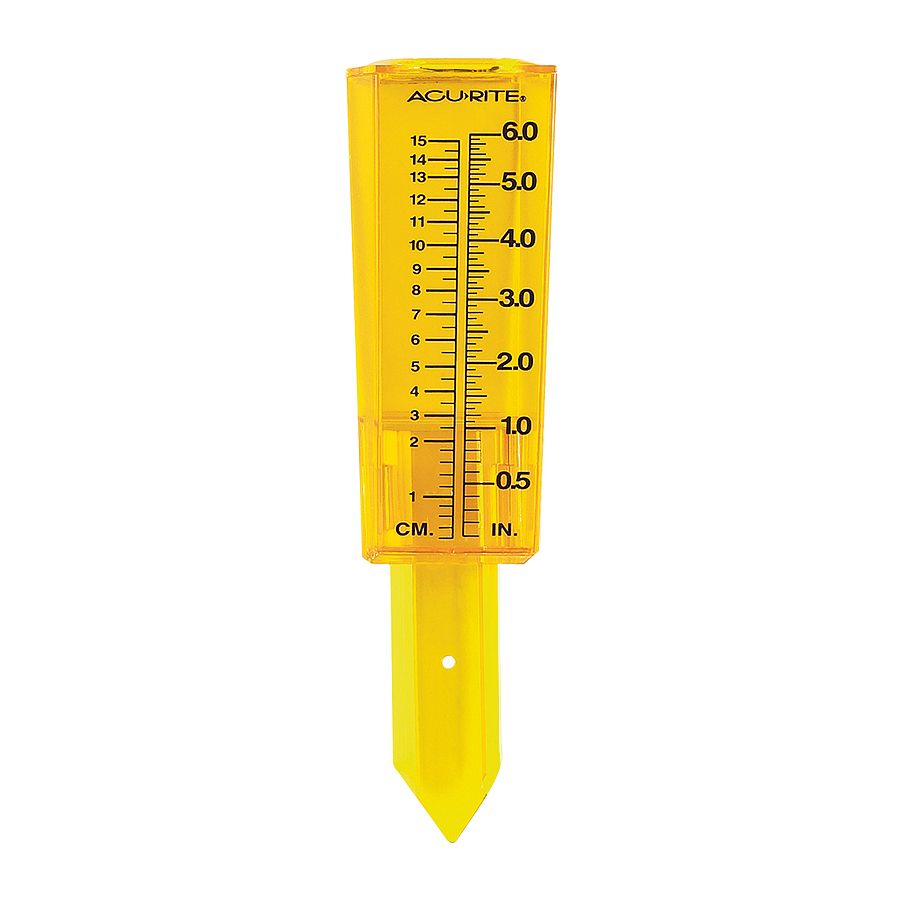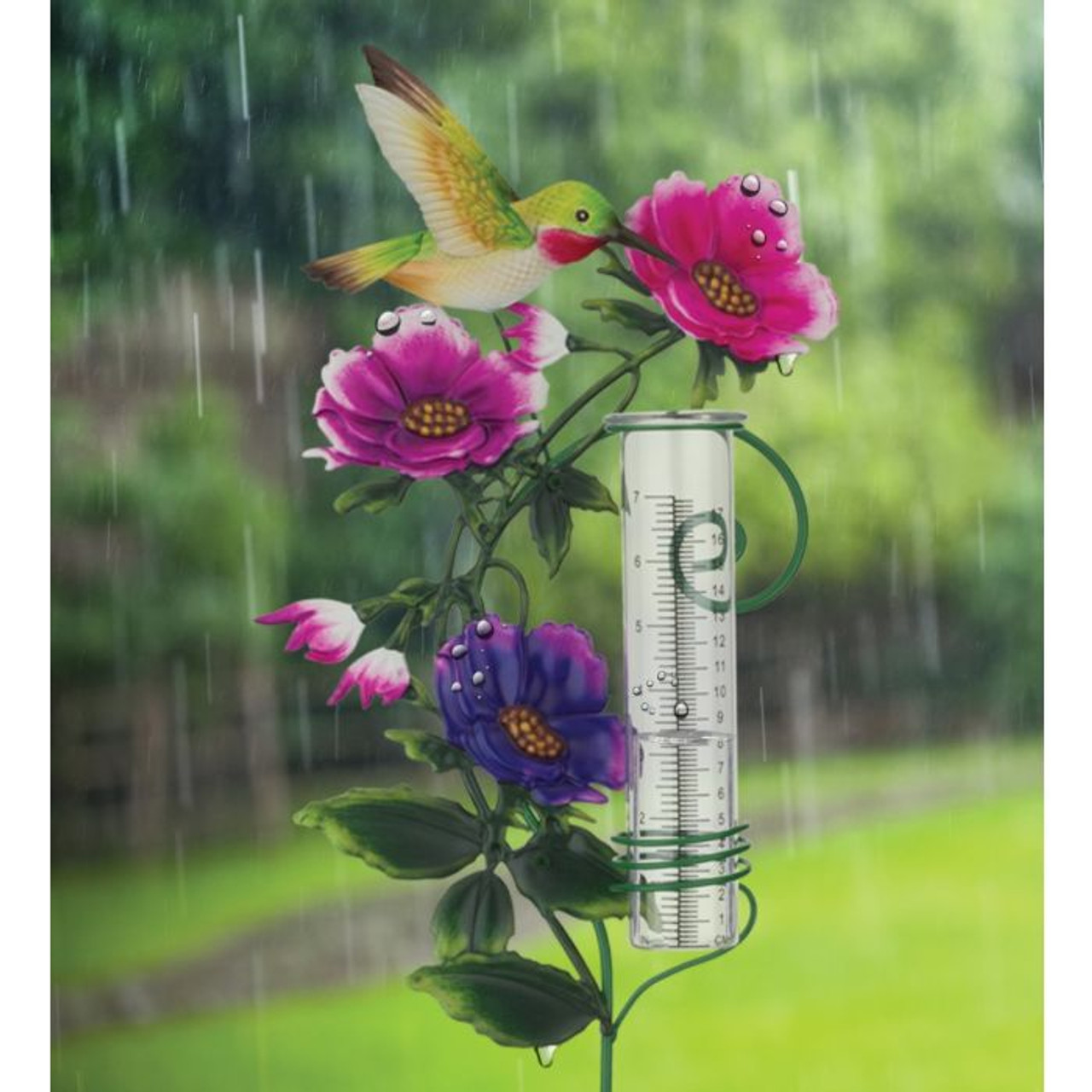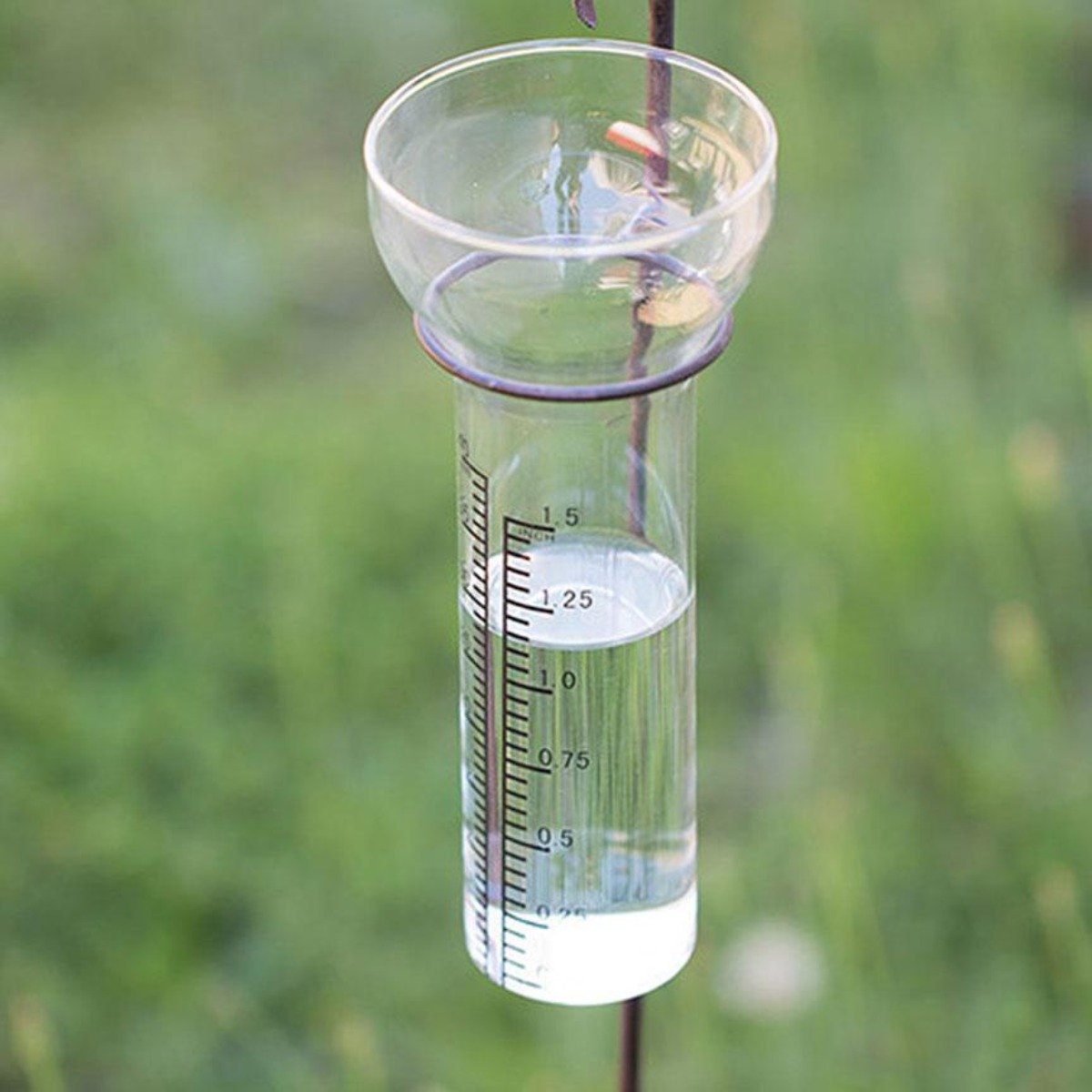Your Go-To Resource on The Rain Gauge: Benefits and Practical Applications
Wiki Article
Just How to Select the Right Rain Scale for Accurate Rainfall Data
To acquire reliable measurements, it is crucial to pick the appropriate rainfall gauge. Considering variables such as place, type, and precision of the rain scale will help make sure accurate information collection. Furthermore, understanding the upkeep and calibration procedures will add to the longevity and dependability of your rain scale.Significance of Picking the Right Rain Gauge
The relevance of selecting the right rain gauge depends on acquiring reputable and specific rains information for precise meteorological evaluation. Rainfall information is critical for a wide variety of applications, consisting of weather forecasting, hydrological modeling, and environment study. Unreliable or undependable information can lead to incorrect conclusions and flawed decision-making procedures.
Secondly, the precision and accuracy of the rainfall scale are critical. The gauge must be able to measure rainfall with high precision, catching even percentages of rainfall precisely. It must likewise reduce errors as a result of dissipation, wind, and various other environmental factors. Regular calibration and maintenance are necessary to ensure ongoing precision.
In addition, the place and installation of the rainfall gauge are essential factors to consider. It must be placed in an open location, far from obstructions that might impact rainfall measurements. The gauge needs to be placed at a proper elevation and angle to prevent splashing and guarantee correct catchment of rainwater.
Variables to Consider When Picking a Rain Scale
When selecting a rain gauge, there are a number of essential elements to take into consideration. There are different kinds available, including standard rainfall gauges, tipping bucket rain assesses, and evaluating rain gauges.Another aspect to take into consideration is the product of the rain scale. Rainfall gauges can be made of different materials, such as plastic, metal, or glass. The material chosen should be resistant and durable to weather, making certain that the rainfall gauge will certainly endure the elements and offer accurate measurements gradually.
Accuracy is likewise a crucial element to think about. Search for rainfall gauges that have been calibrated and tested for precision. Attributes such as anti-splash rings and funnels can likewise improve the accuracy of the dimensions.

Lastly, take into consideration the environment and atmosphere in which the rainfall gauge will certainly be made use of. Different rain evaluates are ideal for different environments, so it is very important to select one that is appropriate for the conditions in your area.
Different Sorts Of Rain Assesses Offered
To additionally explore the aspects to think about when choosing a rainfall scale, it is vital to understand the various sorts of rainfall gauges available. There are numerous sorts of rain determines, each with its very own advantages and disadvantages. The most usual kind is the standard rain scale, also called the round rain gauge. This kind is composed of a straight-sided cylindrical container with a funnel-shaped top. It is basic to utilize and supplies precise measurements of rainfall.One more type of rainfall gauge is the tipping container rainfall gauge. As the rain drops right into the scale, it fills up one side of the container, causing it to empty the water and tip.
A third sort of rain scale is the considering rain scale. This scale makes use of an equilibrium system to measure the weight of the collected rains. As the rainfall falls right into the gauge, it is gathered in a container connected to a balance. The weight of the water is gauged, and the rains quantity is computed based upon the weight. Considering rain evaluates are extremely exact but can be much more expensive and need routine upkeep.
Finally, there are additionally remote rainfall determines that usage advanced technology to determine rains (The Rain Gauge). These determines usage sensors and transmitters to send out data wirelessly to a main unit. Remote rainfall determines are hassle-free for monitoring rainfall in content hard-to-reach areas or for massive information collection
How to Establish the Precision of a Rainfall Gauge
One method to examine the accuracy of a rain scale is by conducting normal calibration dimensions. Calibration entails contrasting the readings of a rain scale to a basic dimension, such as a licensed rainfall gauge or a weather terminal with high accuracy. By comparing the dimensions, any type of inconsistencies or errors in the rainfall gauge can be identified and accounted for.To perform a calibration measurement, begin by collecting rains information from both the rainfall scale and the conventional dimension device over a details time period, such as a month. Contrast the readings and compute the difference in between them. This distinction is called the calibration error.
It is very important to keep in mind that calibration measurements must be done frequently, as ecological elements, such as temperature, debris, and wind, can influence the accuracy of the rain gauge gradually. By carrying out regular calibrations, any type of modifications in the precision of the rainfall scale can be discovered and adjustments can be made as necessary.
Along with calibration, it is also recommended to tidy and keep the rain gauge consistently to ensure its precision. try this website Get rid of any type of particles or blockages that might impact the accuracy of the measurements, and look for any kind of signs of damages or use that might call for repair services or replacement.
Tips for Keeping and Adjusting Your Rain Scale
Normal upkeep and calibration are crucial for making certain the accuracy and reliability of your rainfall gauge in measuring rains data (The Rain Gauge). By following a couple of simple ideas, you can make certain that your rain gauge is properly kept and adjustedFirst of all, it is crucial to cleanse your rain scale on a regular basis to avoid any kind of debris or dirt from blocking the rain collection device. Make use of a soft brush and a moderate detergent to carefully clean up the within and beyond the gauge. Wash it extensively with clean water and permit it to dry completely prior to re-installing it.
Second of all, it is suggested to calibrate your rain gauge a minimum of yearly. Calibration includes contrasting the measurements of your rain gauge with those of a relied on and precise reference scale. This will help you identify and deal with any potential errors in your rain scale's measurements.
To adjust your rain scale, gather a well-known volume of water making use of a determining container and contrast it with the dimensions taped by your rain gauge. Change the analyses appropriately to ensure accuracy.

Final Thought
In final thought, selecting the right rainfall gauge he said is vital for obtaining exact rainfall information. When choosing a rain gauge, variables such as budget, function, and location must be thought about. There are numerous sorts of rainfall gauges readily available, each with their own benefits and restrictions. It is important to frequently maintain and adjust your rain gauge to guarantee its precision. By complying with these guidelines, precise rains data can be obtained for various applications.There are different kinds readily available, including common rain assesses, tipping bucket rainfall determines, and weighing rain gauges.To further check out the factors to consider when picking a rainfall gauge, it is important to comprehend the different types of rain assesses available. The most usual type is the conventional rain gauge, also known as the round rainfall gauge.One more type of rain scale is the tipping bucket rainfall scale. Calibration entails contrasting the analyses of a rainfall scale to a common measurement, such as a licensed rain gauge or a climate station with high precision.
Report this wiki page